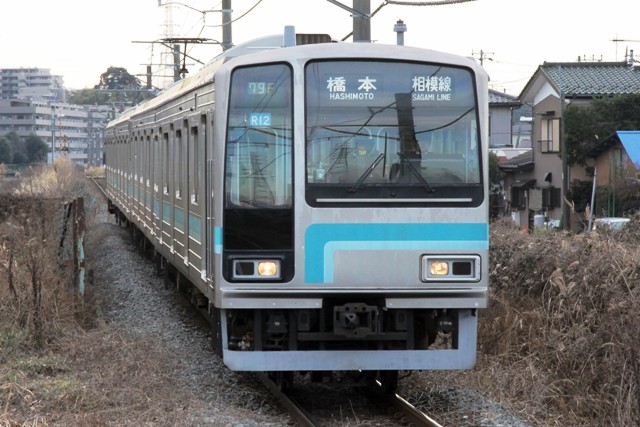After arriving at Kanazawa station, we changed trains and headed north. Our destination was Hakui City located at the root of Noto Peninsula.
Although Hakui is just a small local city, there is a large space museum named "Cosmo Isle Hakui" near the railway station. The exhibitions are gorgeous and unique. For instance, we can see the genuine Vostok, a former Soviet spacecraft. We found numerous burns on the surface of the spacecraft, which were created as the spacecraft reentered the atmosphere. The American exploration vehicle Luna/Mars Rover was also exhibited. It was a prototype, but also genuine. Hakui is a formidable city, isn't it?
To get to Hakui, IR Ishikawa Railway (IR) and the JR West Nanao line are convenient. Approximately half of all IR trains are operated directly onto the Nanao line. It takes about one hour by local train. We got on a red-colored, old train named the EMU JR West 415-800 series, which was launched in 1971 by Japanese National Railways. The 415 series has an alternate current (AC) - direct current (DC) dual electric system, since AC and DC tracks are mixed in the area. The AC system is 20,000 V with 50 and 60 hertz, and the DC system is 1,500 V. The red colored bodies are designed to look like Wajima-nuri, which is a traditional local lacquer. For your information, the 415 series trains are also seen in other areas of Japan such as Kyushu Island.
To be continued...
Although Hakui is just a small local city, there is a large space museum named "Cosmo Isle Hakui" near the railway station. The exhibitions are gorgeous and unique. For instance, we can see the genuine Vostok, a former Soviet spacecraft. We found numerous burns on the surface of the spacecraft, which were created as the spacecraft reentered the atmosphere. The American exploration vehicle Luna/Mars Rover was also exhibited. It was a prototype, but also genuine. Hakui is a formidable city, isn't it?
To get to Hakui, IR Ishikawa Railway (IR) and the JR West Nanao line are convenient. Approximately half of all IR trains are operated directly onto the Nanao line. It takes about one hour by local train. We got on a red-colored, old train named the EMU JR West 415-800 series, which was launched in 1971 by Japanese National Railways. The 415 series has an alternate current (AC) - direct current (DC) dual electric system, since AC and DC tracks are mixed in the area. The AC system is 20,000 V with 50 and 60 hertz, and the DC system is 1,500 V. The red colored bodies are designed to look like Wajima-nuri, which is a traditional local lacquer. For your information, the 415 series trains are also seen in other areas of Japan such as Kyushu Island.
To be continued...
Genuine Vostok spacecraft (right) is exhibited in Cosmo Isle Hakui near Hakui station











